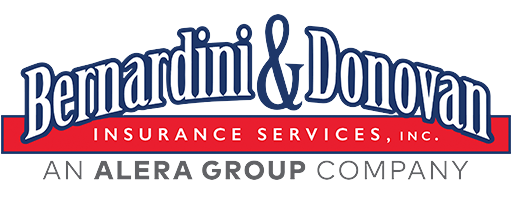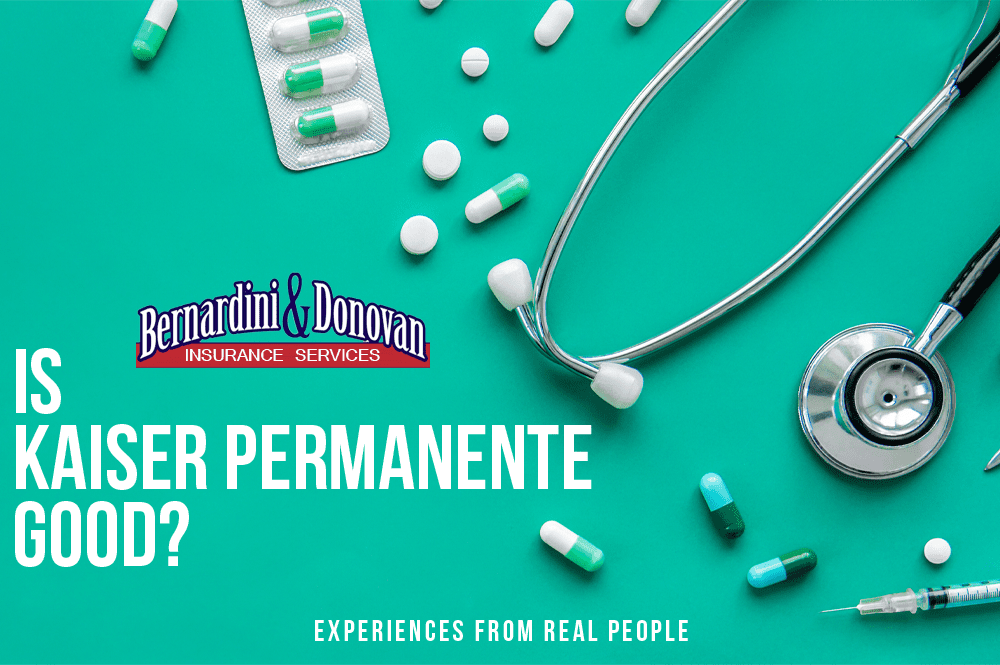Overview: How to plan for health care costs when retiring, including how much the average retiree should save.
Did you know that health care is expected to be one of the largest expenses in retirement for Americans? This comes right after housing and transportation costs (and those are no light expenses).
The reason health care costs are likely to consume a larger portion of the average American’s retirement budget is because, unlike previous generations, those retiring today likely won’t have access to employer- or union-sponsored retiree health benefits.
Related: How to Plan for Rising Health Care Costs
However, this doesn’t mean that you can’t plan for your retirement health care costs. Even though health care continues to be one of the largest expenses in retirement, there are certain decisions that factor into how you prepare to meet these expenses pre- and post-retirement such as:
-
When to stop working
-
When to take social security and
-
How to generate cash flow in retirement
Whether you’re early on in your working career, close to retirement, or already making the transition out of the workforce, it’s important to understand and plan for growing medical costs.
So, is there a “right way” to plan? While everyone’s situation is different, there are practical steps that can be taken based on individual circumstances.
Individuals Retiring Before Age 65:
If you retire before age 65, you’ll need to cover costs until Medicare kicks in. Options include:
-
Health plans from the Health Insurance Marketplace
-
COBRA
-
Private insurance
-
Employer retiree insurance (This is most common with federal, state and municipal employers.)
-
Insurance from your spouse’s employer
-
Working longer to keep health benefits, possibly in a different job or part-time (Most employers don’t offer health benefits to part-time employees, but a few do.)
Be sure to include the costs of premiums and out-of-pocket expenses. In general, when Medicare kicks in at age 65, you can plan on spending about $450−$600 a month (or $5,400−$7,200 a year). For a more accurate estimate based on where you live, inflation and other factors, consider talking to a financial planner.
Check out this article for more pointers to take into consideration when planning your retirement.
Individuals Not Yet Enrolled In Medicare:
If you’re not enrolled in Medicare, a great option would be to set up a health savings account (HSA).
-
For plan year 2022, the minimum deductible for an HDHP is $1,400 for an individual and $2,800 for a family. For 2022, if you have an HDHP, you can contribute up to $3,650 for self-only coverage and up to $7,300 for family coverage into an HSA.
-
HSA funds roll over year to year if you don’t spend them.
-
An HSA may earn interest or other earnings, which are not taxable.
Though you can’t contribute to a health savings account after you enroll in Medicare, but you can use money you’ve built up in the account tax-free for even more expenses after you turn 65.
In addition to out-of-pocket health care costs, you can also use HSA money tax-free to pay premiums for Medicare Part B, Part D and Medicare Advantage plans (but not for Medigap). And you can withdraw money tax-free from the HSA to pay for other eligible medical expenses that aren’t covered by Medicare, such as dental and vision expenses, hearing aids and over-the-counter medications.
When you view plans in the Marketplace, you can see if they’re “HSA-eligible.” You can read more about how to set up an HSA here.
Turning 65 and Still Gainfully Employed (or Your Spouse/partner Is) :
If you’re still working when you’re 65 and get health insurance through your employer or your spouse’s employer, you’ll have the opportunity to enroll in Medicare when you leave your employer plan through a Special Enrollment Period.
In addition to Medicare options to consider, if your spouse or partner continues to work, they may be able to cover you through their health plan. Talk to your HR department to help you evaluate all your options, costs, and any restrictions. The rules of Medicare are complicated, so to get started, consider the following questions:
-
Which plan offers you the best coverage for your health needs?
-
Your employer is required to offer you coverage, but is that your best option?
-
Is it more expensive to stay in your employer plan or join Medicare?
-
Can your spouse or partner remain in your employer’s plan if you decide to leave?
Tip: Remember, one of the key goals at this stage is to avoid any gap in coverage.
Things to Remember:
Medical Expenses in Retirement:
-
On average, a 65-year-old couple who retired in 2021 can expect to spend $300,000 on health care and medical expenses throughout retirement, according to the annual Fidelity Investments Retiree Health Care Cost Estimate.
-
This sum doesn’t include the additional annual cost of long-term care. And that can be steep too: In 2020, a private room in a nursing home had a median cost of $105,852, according to long-term care insurer Genworth.
Related: How to Plan for Medical Expenses in Retirement
What Medicare Covers (and Doesn’t Cover):
-
Medicare does not cover long-term care.
But it can pay for some health care spending in retirement, but with limitations, according to Michael Gerstman, founder and financial advisor of Gerstman Financial Group. “For example, without a Part D prescription drug policy, Medicare does not cover medications.”
-
Original Medicare plans, also referred to as Parts A and B, don’t cover dental and vision care, but Medicare Advantage plans typically do.
If you plan to rely on Medicare to help cover medical expenses in retirement, you’ll need to budget for deductibles, premiums, and other out-of-pocket costs.










